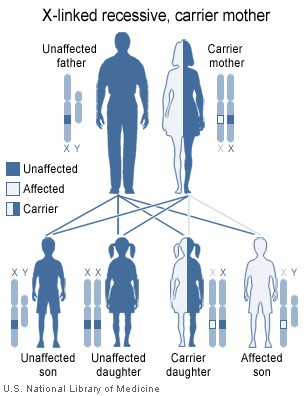Schaller beat odds, led an active life
By AMY RABIDEAU SILVERS
of the Journal Sentinel staff
Monday, December 18, 2000
While living with a form of muscular dystrophy for 50 years, Louis Schaller earned an engineering degree at Marquette University, was active in St. Sebastian's Catholic Church and was an inspiration to others.
"He grew up in the St. Sebastian's area and never lived more than a block away from the church," said his brother, John, of the Chicago area.
"But he touched so many different lives in so many different ways."
Schaller died Wednesday of complications of Becker's dystrophy.
He survived to 66, unusually long for someone with muscular dystrophy.
Like cancer, there are many different forms of muscular dystrophy and neuromuscular disease, said Lisa Lodde, regional director for the Muscular Dystrophy Association of Wisconsin.
Although Schaller's type was a relatively slow-progressing form, the normal life expectancy would be "middle age," according to the medical literature, she said.
"The fact that he lived with Becker's for 50 years is very surprising," Lodde said. "He surpassed the normal life expectancy."
Schaller was 16 when he was diagnosed with the disease. He went on to earn a degree in electrical engineering from Marquette University, although he never worked as an engineer. He required a wheelchair by his late 20s.
"He was on a respirator since 1986," said his brother, noting Louis was in the midst of a three-year hospitalization at that time.
"He was bound and determined that he wanted to get home," John said.
Schaller did.
He required around-the-clock medical care, but an electric wheelchair again gave him a measure of freedom. Medical aides would walk beside him as he explored the neighborhood.
"During one of those trips in the neighborhood, he met a young girl, Cody, now 16," his brother said. "She can't talk -- she communicates by blinking and the use of one finger, so she can use the Internet, too.
"They hit it off and she kind of looked up to him as an inspiration."
Visitation will be today from 5 to 6 p.m. at St. Sebastian's Catholic Church, 5400 W. Washington Blvd. The funeral service will follow at 6 p.m.
Copyright 2000
Provided by ProQuest Information and Learning Company. All rights Reserved.



